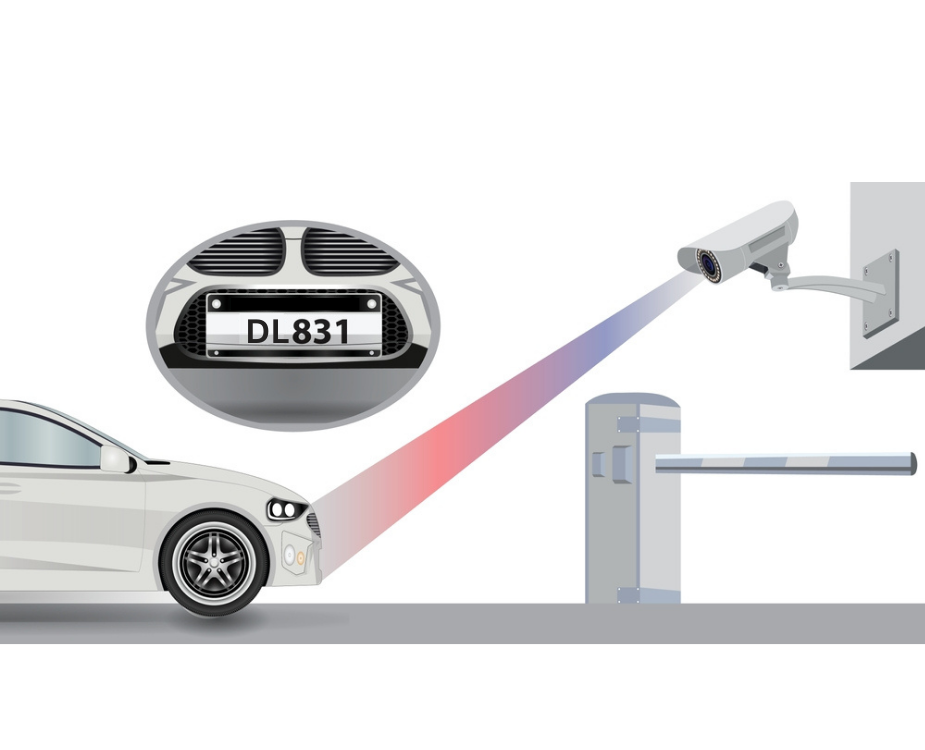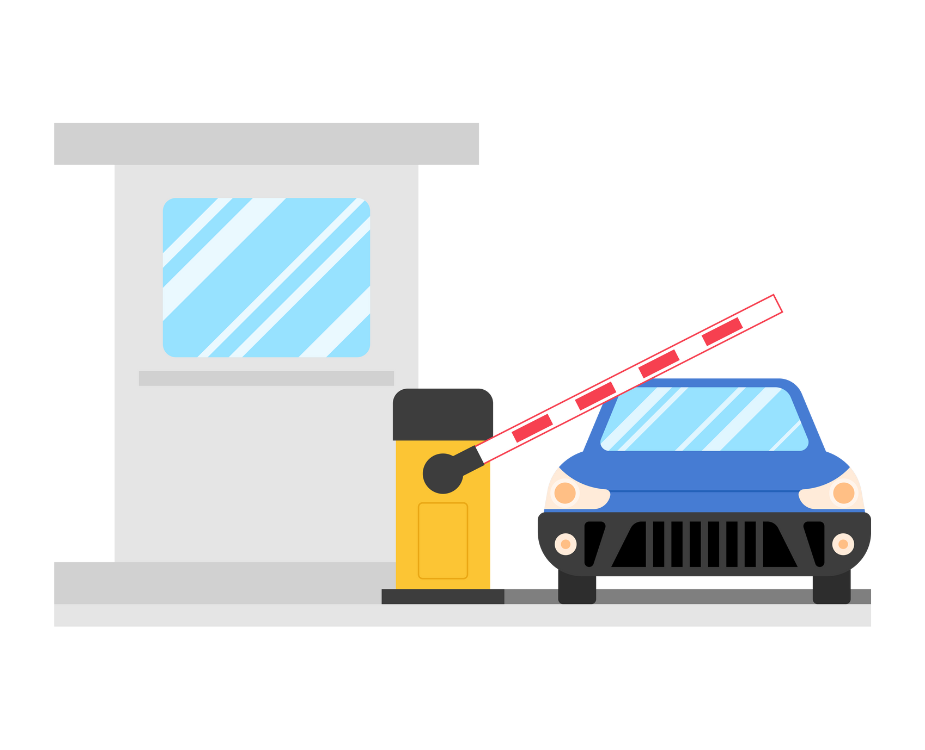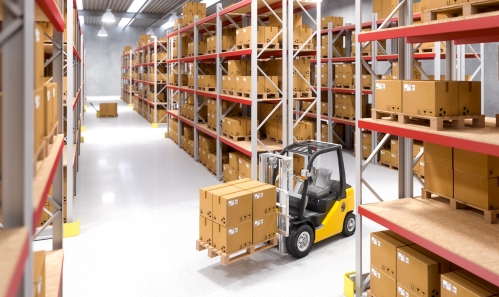Toll Management System
Step 1
Small, inexpensive devices attached to vehicles. They come in various forms like windshield stickers or license plate mounts.

How Toll Management Solution Works
Vehicles are equipped with RFID tags. These tags are typically passive and contain a unique identification number.
RFID readers are installed at toll plazas. These readers emit radio waves that power the passive RFID tags and read the unique ID from the tags as vehicles pass through the toll lane.
Once the RFID reader captures the tag’s ID, this information is transmitted to a central toll management system. This transmission usually happens via a secure network.
The central system identifies the vehicle based on the RFID tag ID. It then calculates the toll fee based on predefined criteria such as vehicle type, weight, distance traveled, or time of day.
The toll fee is automatically deducted from the vehicle owner’s prepaid account. If the account does not have sufficient funds, other payment methods like post-payment or invoicing can be used.
The vehicle owner may receive a notification about the toll deduction via SMS, email, or a mobile app.
The system offers endless features, including:
Automated Toll Collection Vehicles pass toll points without stopping.
Real-Time Processing Immediate toll deductions and updates.
Multiple Payment Options: Supports prepaid accounts, cards, and mobile payments.
User-Friendly Interfaces Manage accounts via online portals and mobile apps.
Dynamic Pricing Adjusts toll rates based on time and traffic.
Integrated Navigation Provides real-time toll information.
Robust Security Protects against data breaches and fraud.

Three Key Components for Effortless Advancement

Improved Traffic Flow
Vehicles with RFID tags can pass through toll points without stopping, leading to smoother and more continuous traffic flow. This eliminates the bottlenecks commonly associated with manual toll booths, significantly reducing congestion and travel times.
Time Efficiency
The need for vehicles to stop and pay tolls manually is eradicated, which saves a considerable amount of time, especially during peak hours. This efficiency translates into shorter travel times for commuters and commercial vehicles alike.


Fuel Savings
Continuous movement through toll points means vehicles are not idling or accelerating from a stop, which reduces fuel consumption. This is particularly beneficial for long-haul trucks and frequent commuters, resulting in cost savings on fuel.
It takes 3 step to automate the problems

Step 1

Step 2

Step 3
Case Studies

Retail Shop
Increase inventory accuracy, boost process efficiencies and reduce out-of-stocks with item-level tagging. Poxo(Poxo RFID Automation) for retailers can provide full inventory visibility from warehouse to individual retail outlets. In addition, stock taking which typically require a few days can be done within minutes with mobile RFID devices.

Warehouse
Improve efficiency and accuracy throughout your entire warehouse operation with RFID Fixed Gantry for automated inventory update. Streamline receiving, put-away, picking and shipping operations with greatly simplified tracking process by taking only a fraction of the time it would otherwise have taken to count and monitor the items manually with Poxo(Poxo RFID Automation).

Racking & Forklifts
Automatically verifying pallet identification and rack/door location to avoid mis-shipments or erroneous placements, Poxo(Poxo RFID Automation) for forklift’s customization can provide pinpoint load location, assign dynamic routing, monitor load time, reduce empty moves, and improve the overall productivity and utilization of your forklift fleet.
